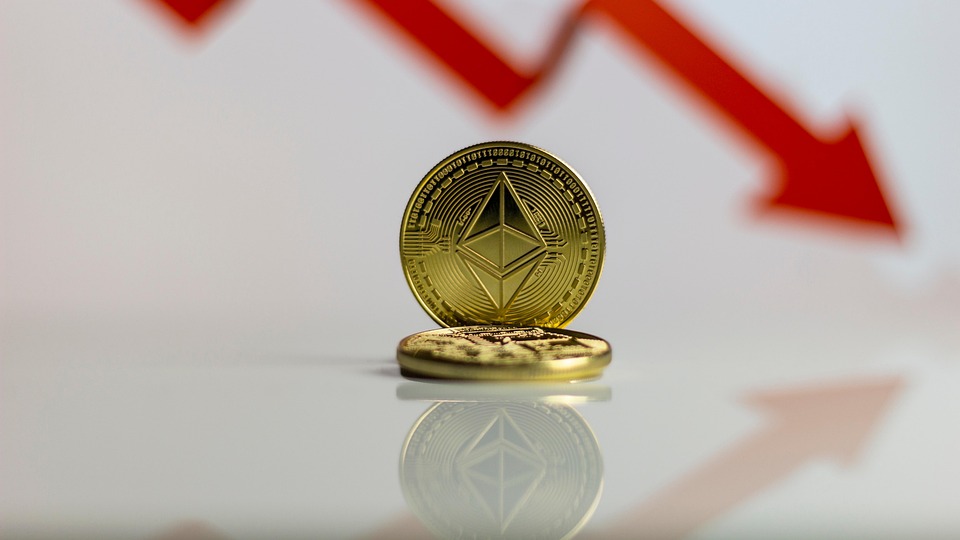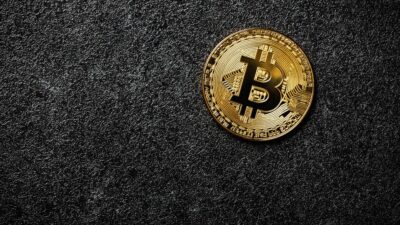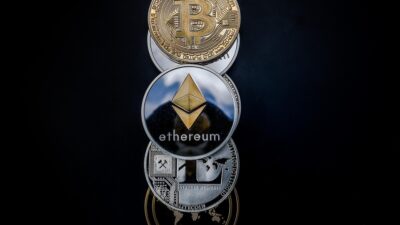In recent years, the art world has undergone a significant transformation, primarily driven by the advent of non-fungible tokens (NFTs) and blockchain technology. Once considered a niche market, NFTs have surged into the mainstream, revolutionizing how artists create, sell, and monetize their works. This article explores the rise of NFTs, their impact on the art world, and their potential to reshape the future of artistic expression.
Understanding NFTs
At their core, NFTs are unique digital assets verified through blockchain technology. Unlike cryptocurrencies such as Bitcoin or Ethereum, which are fungible and interchangeable, NFTs have distinct properties that make each token unique. This uniqueness allows artists to create and sell digital art, music, collectibles, and even virtual real estate as NFTs, providing a new frontier for creativity and ownership.
The Catalyst for Change
The rise of NFTs can be attributed to several factors:
-
Digital Ownership: NFTs provide a solution to the longstanding challenge of proving ownership in the digital space. Prior to NFTs, digital art could be easily reproduced, making it difficult for artists to claim ownership and monetize their work effectively. With NFTs, ownership and provenance are securely tracked on the blockchain, granting artists a level of protection they didn’t have before.
-
Accessible Market: The internet has democratized art sales, but NFTs take this a step further. They enable artists to sell directly to collectors without the need for intermediaries like galleries or auction houses. This newfound accessibility not only empowers artists but also allows collectors to discover emerging talents from anywhere in the world.
- Smart Contracts: Smart contracts—self-executing contracts with the terms of the agreement directly written into code—are central to the functionality of NFTs. They can be programmed to allocate a percentage of future sales back to the original artist, ensuring that creators continue to benefit from their work as it changes hands in the market.
Impact on the Art World
The emergence of NFTs has not come without controversy, but undeniably, they have left a lasting mark on the art scene:
1. Changing the Role of Artists
NFTs allow artists to take control of their own work and brand. Independent creators can showcase their art in virtual galleries, sell directly to consumers, and engage with their audience in ways that were previously impossible. This shift empowers artists to earn a living from their creations without traditional gatekeepers dictating the terms.
2. New Forms of Expression
Beyond traditional art forms, NFTs have opened doors for new mediums, such as generative art and interactive experiences. Artists are experimenting with virtual reality (VR) and augmented reality (AR), creating immersive experiences that challenge conventional notions of art.
3. Expanding Collectibility
The appeal of collectibles is now magnified in the digital realm. NFT marketplaces like OpenSea, Rarible, and Foundation have become bustling hubs for collectors, offering everything from digital paintings to music albums. The scarcity and uniqueness of NFTs can add to their value, attracting collectors who wish to own a piece of digital culture.
Challenges and Criticisms
While the promise of NFTs is vast, there are also significant challenges:
-
Environmental Concerns: The energy consumption associated with blockchain technology, particularly Ethereum, has raised concerns about the environmental impact of minting and trading NFTs. Artists and platforms are increasingly aware of these issues and are exploring more sustainable solutions.
-
Market Volatility: The NFT market is notoriously volatile, with prices fluctuating dramatically. What may seem valuable today could lose worth tomorrow, which poses risks for both artists and collectors.
- Legal and Ethical Considerations: Issues around copyright and ownership are still being defined in the world of NFTs. Artists must be vigilant about their rights when entering the space, as unauthorized reproductions can still occur, even within a blockchain framework.
The Future of NFTs in Art
As we look ahead, it is clear that NFTs are more than just a fad; they are poised to reshape the art world in profound ways. Collaborative projects and virtual galleries are just the beginning. Our understanding of art ownership and the artists’ rights are evolving, and the future could see the blending of physical and digital art, where NFT ownership could even confer rights to physical counterparts.
In conclusion, the rise of NFTs is not just a technological innovation; it represents a cultural shift in how we value and engage with art. As artists and audiences adapt to this new paradigm, the art world continues to expand, inviting everyone to participate in a vibrant, digital future. Whether you are an artist, collector, or just an enthusiast, the NFT phenomenon is a space worth exploring, as it promises to redefine our relationship with art for generations to come.



